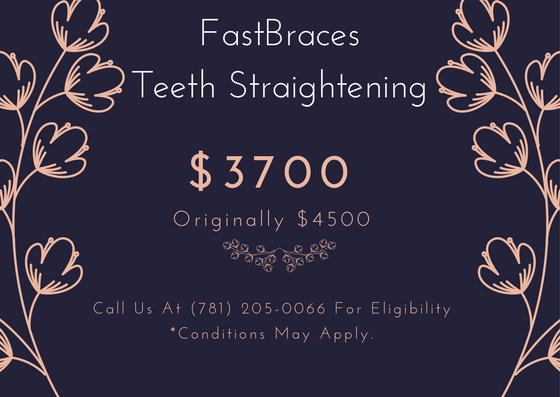Gathering the latest information about dental care will allow you to enjoy a vibrant smile. Armed with the right knowledge, you can protect its longevity and beauty. Review these questions and answers to learn more about common dental health concerns.
How do I prevent cavities?
Tooth decay is caused by the bacteria and plaque that develop on our teeth. Protect yourself from cavities by brushing and flossing daily, scheduling regular checkups, and eating a healthy diet.
Is flossing everyday really important?
When you brush, you clean about 80 percent of your teeth and gums. The other 20 percent isn’t taken care of, which can result in issues like decay or bad breath.
Do problems in my mouth affect the rest of my body?
Absolutely. Gum disease can not only damage your oral health, but it can contribute to bigger health concerns. Evidence has been found to connect gum disease with osteoporosis, Alzheimer’s, pre-term birth, and increased risk of stroke.
Are checkups really important?
Even if everything seems fine, you need to see the dentist twice a year. These appointments allow your dentist to evaluate your teeth and gums to look for problems that you may not see. Cavities, gum disease, and even oral cancer can start with few symptoms, but your dentist will know what to look for.
How can I update my smile?
Cosmetic dentistry offers patients a variety of options to correct flaws and create a radiant image. Teeth whitening, porcelain veneers, and bonding can produce flawless results. Schedule a consultation with a skilled cosmetic dentist to explore your options.







